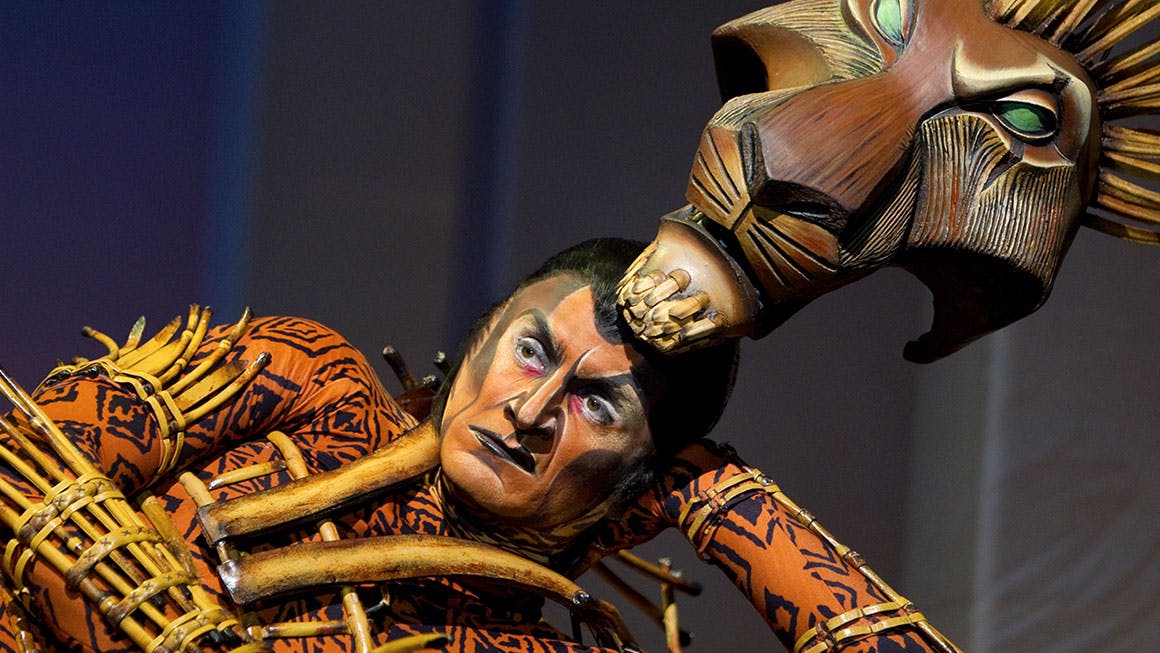

She was very inspired by African masks, which are, “more abstract, much more stylized, much more essential than the characters’ faces from the animated film,” Taymor explained. Once Taymor agreed to direct the project, the artistic vision fell into place. So he tapped Taymor, an avant-garde director whose use of innovative, sometimes larger-than-life puppetry and breathtaking staging had taken the theatrical world by storm.

Thomas Schumacher, president of Disney Theatrical Productions, knew that the only way to make The Lion King work on stage was to re-imagine the story in a completely theatrical way. So was the goal when Tony Award-winning Director Julie Taymor brought Disney’s The Lion King to theatrical life. Seen on a wall or a table, a mask may seem static, but when used in storytelling or a ceremony, the mask comes alive. In Africa, for instance, they are meant to be used and serve ceremonial purposes: Accepting a boy into manhood, exorcising evil spirits, capturing invisible supernatural forces and…to tell stories. Long before masks were ever considered “personal protective equipment,” they were functional works of art.

Nia Holloway as Nala, Buyi Zama as Rafiki and The Lionesses in THE LION KING North American Tour © Disney.


 0 kommentar(er)
0 kommentar(er)
